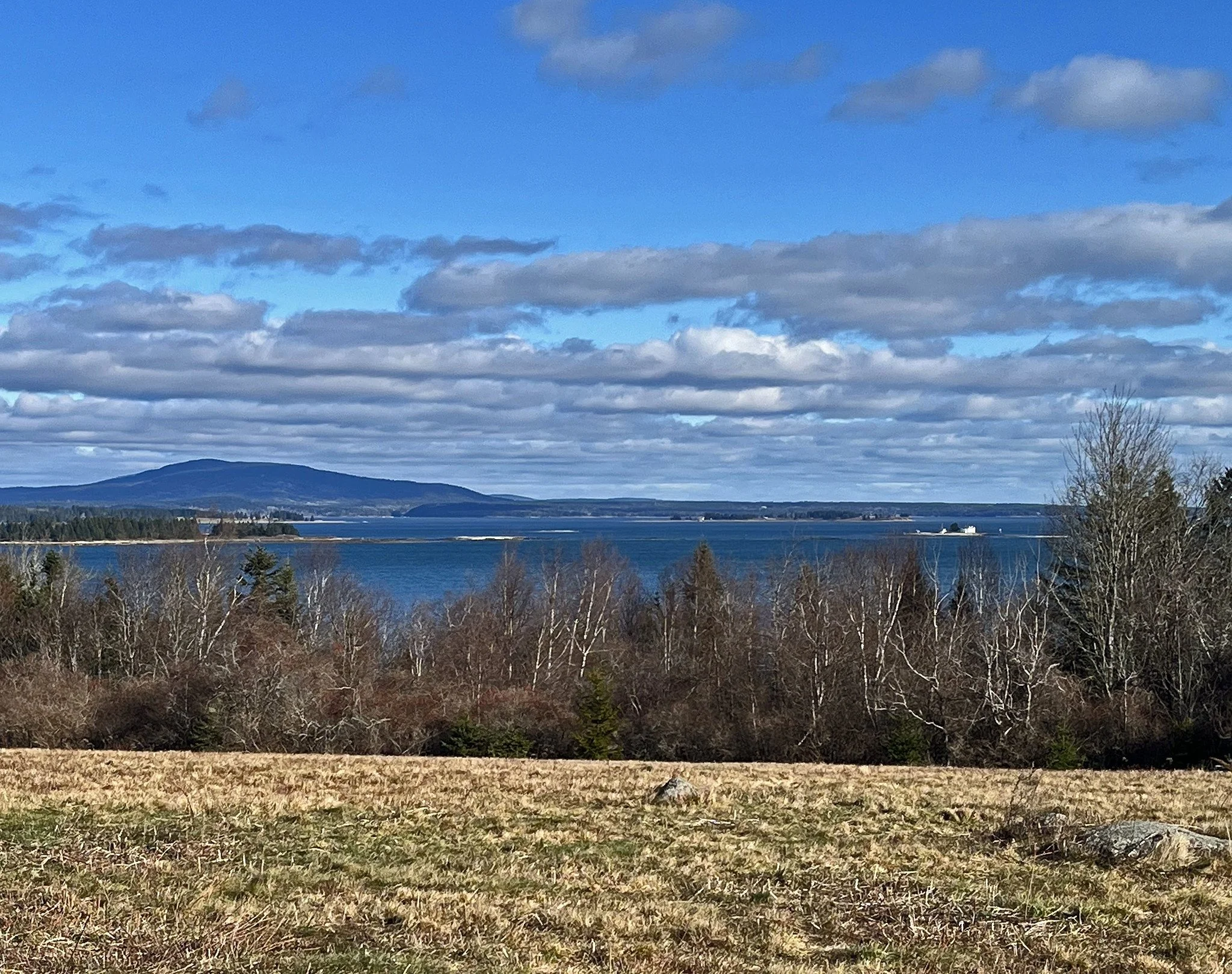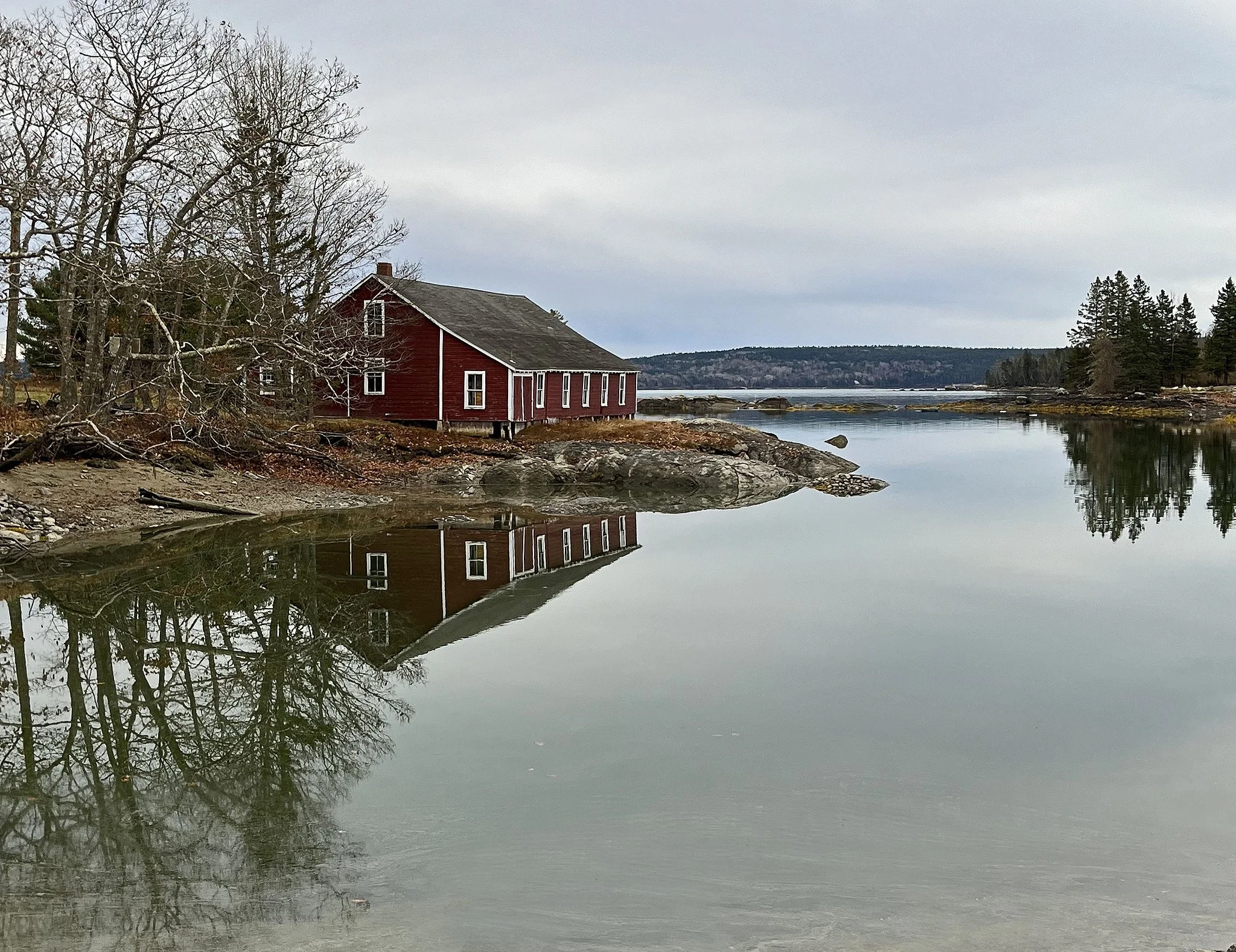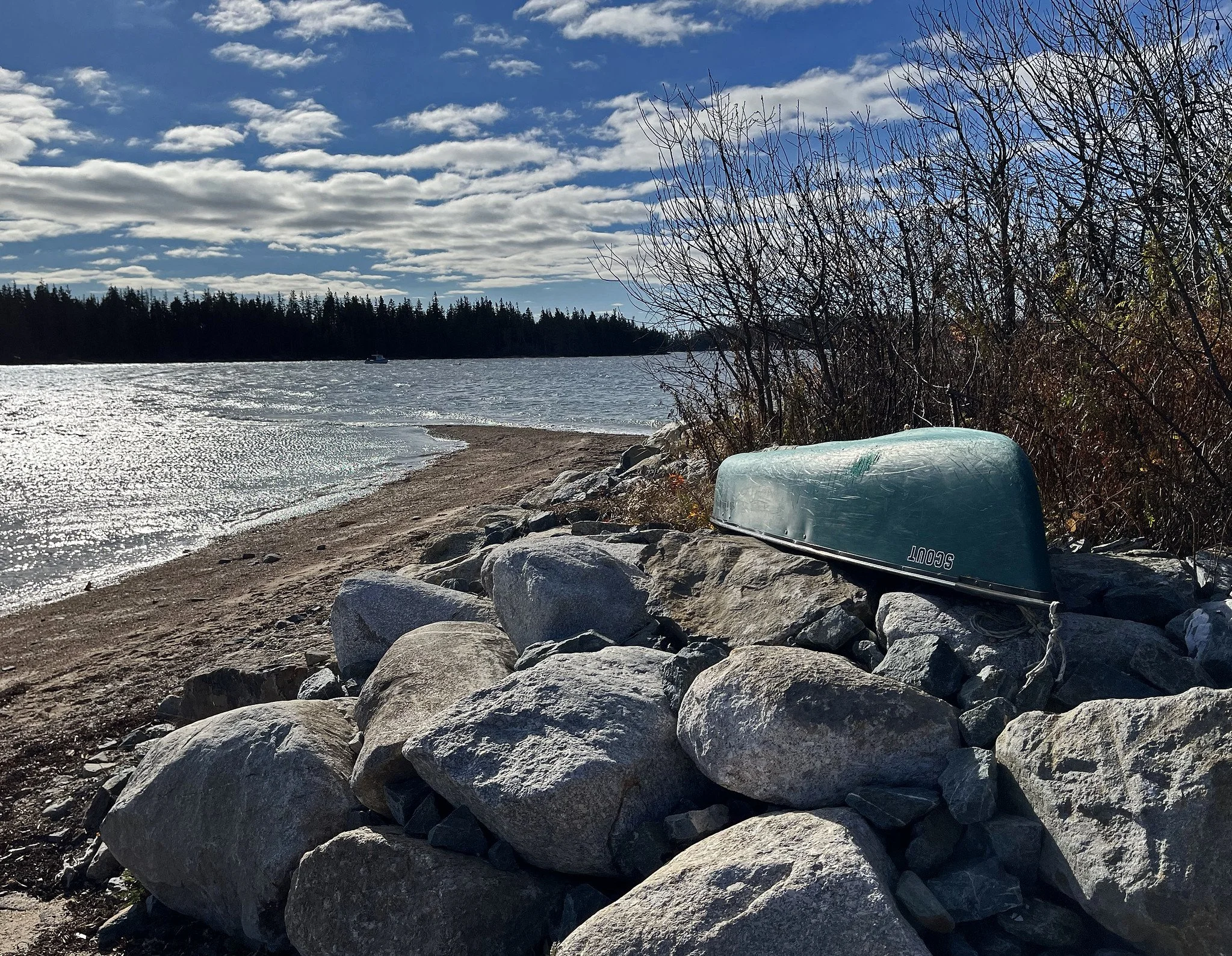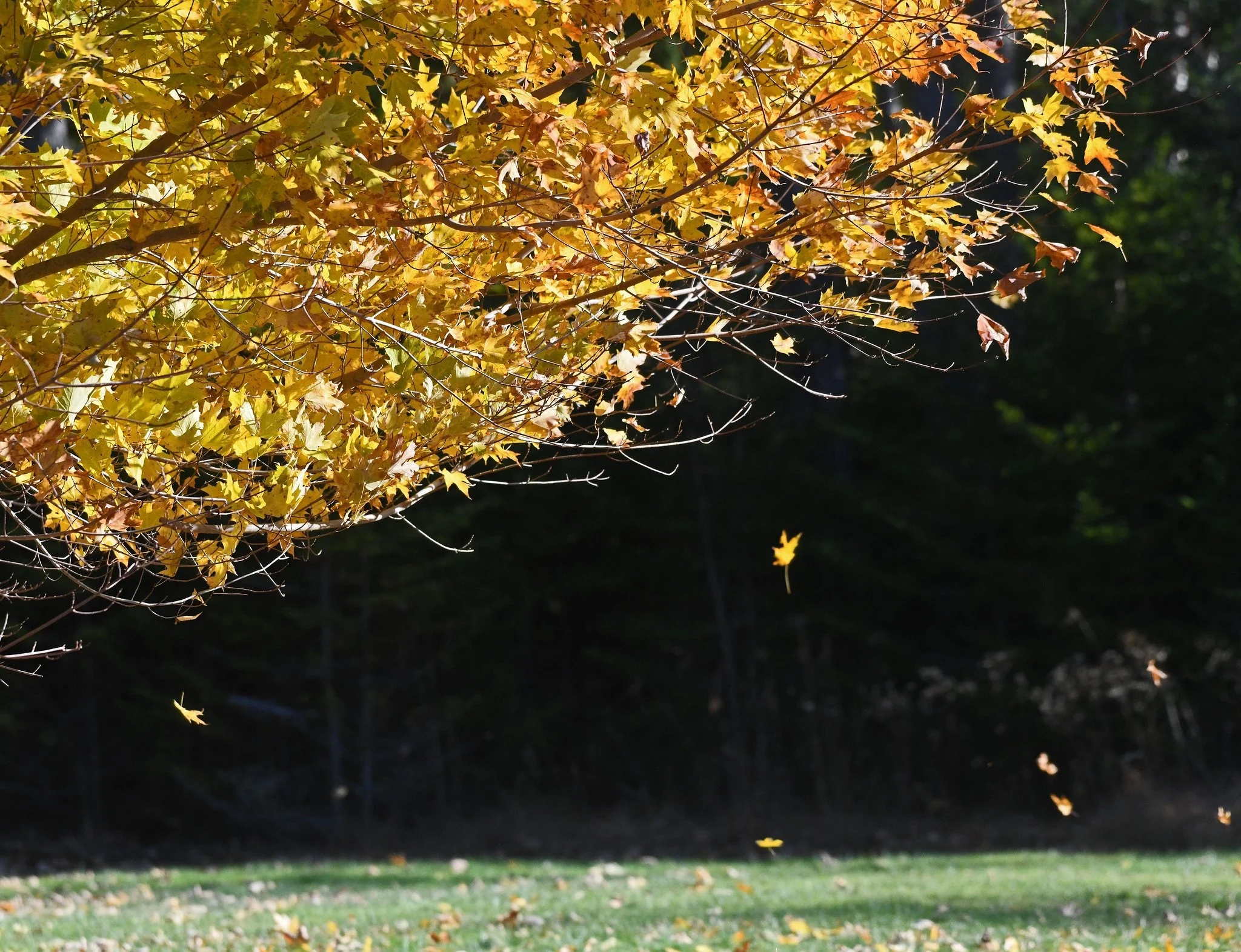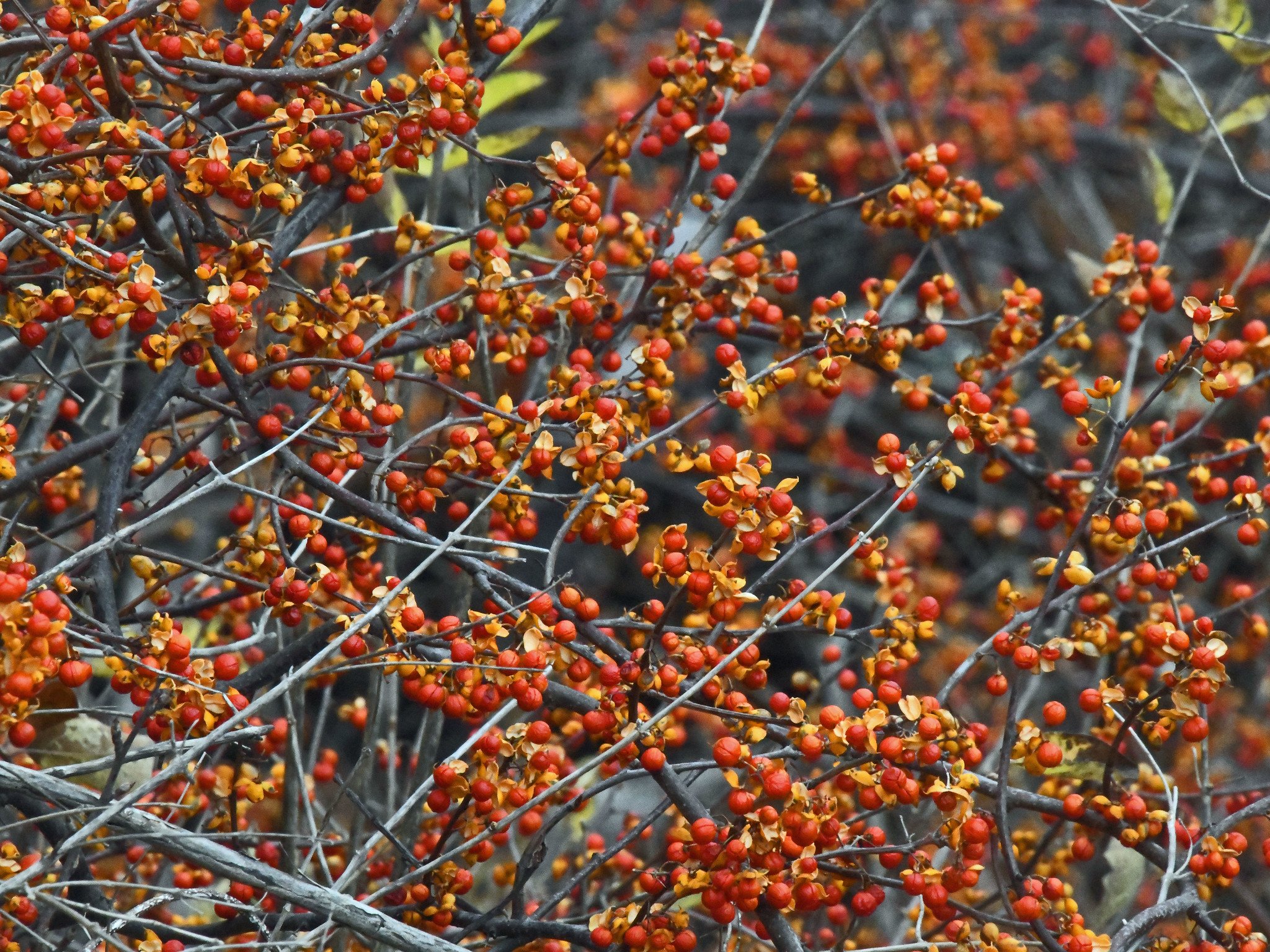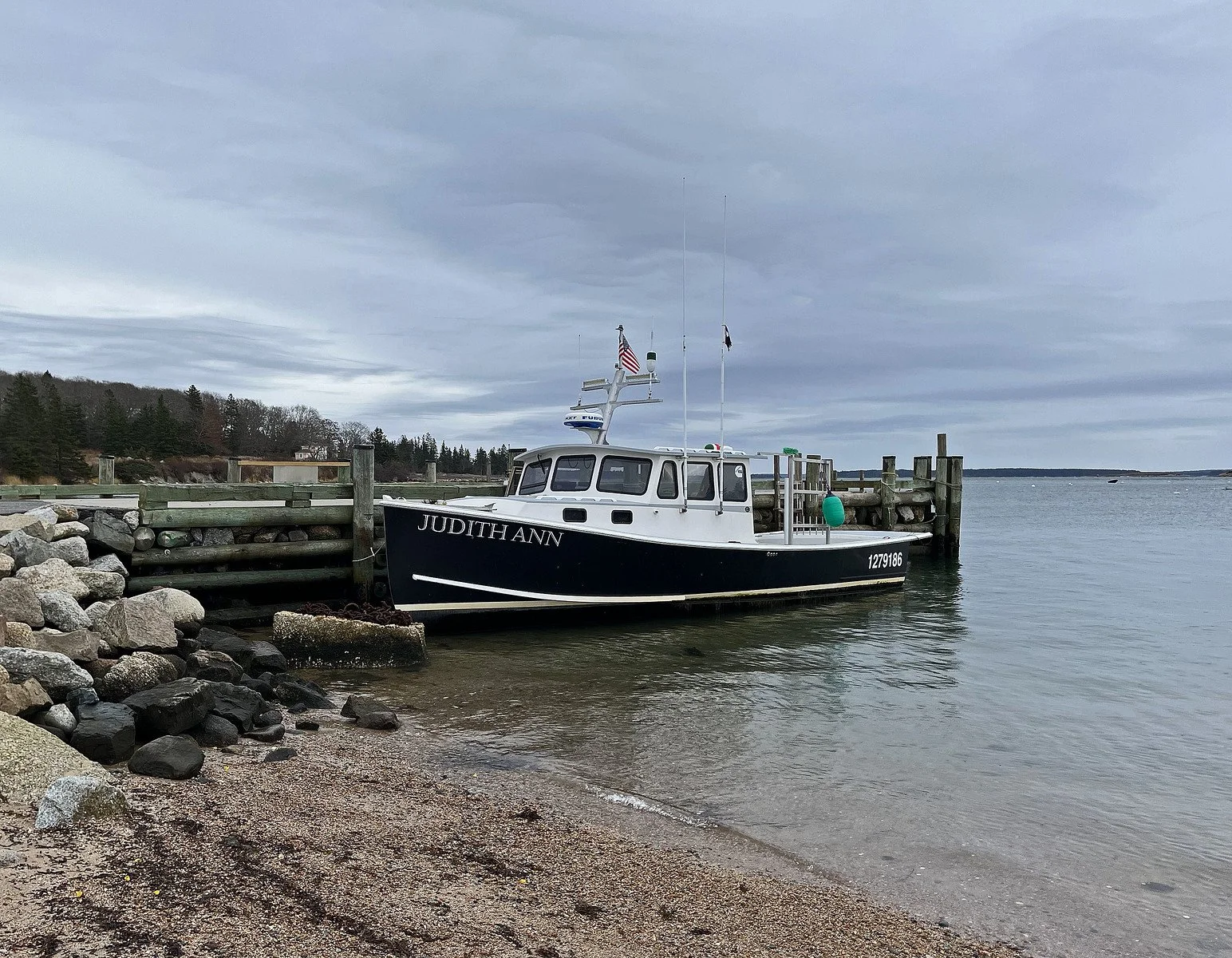It’s hard to predict whether or when the ice will mature enough for ice-related recreation in these changing climate times. However, now seems to be a good time to refresh our memories of at least the following guidelines, which are adapted from part of the state’s more numerous “Winter Ice Safety Tips”:
1. Pond or lake ice is never 100% safe; safety depends on numerous conditions, some unpredictable.
2. Before entering onto the ice, check its thickness by digging a hole near the shore with an auger or other instrument: Under 4”, stay off; 4” of “good ice” may be safe for foot activities (fishing, skating, walking, etc.); 5-7” of “good ice” may be safe for snowmobiles or ATVs; 8-12” of “good ice” may be safe for most cars or small pickups; 12-15”of “good ice” may be safe for a medium-sized truck.
3. “Good ice” usually is blue or clear and solid.
4. Potentially hazardous ice includes melting ice (light gray to dark black); water-saturated snow ice (white to opaque), and mottled or slushy “rotten ice” that contains areas where the texture is not solid.
(Images taken in Brooklin, Maine, on December 2, 2024.)
















